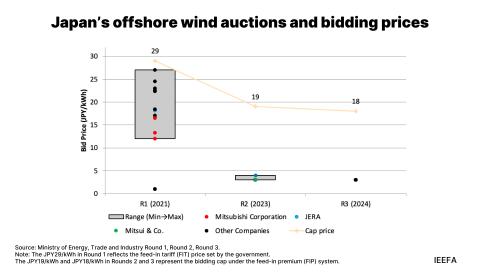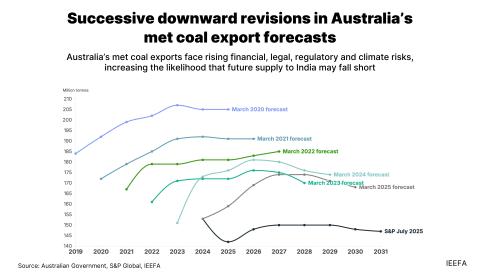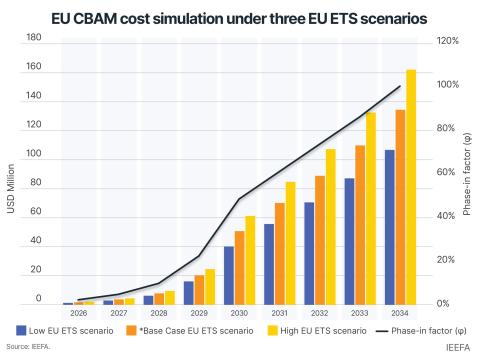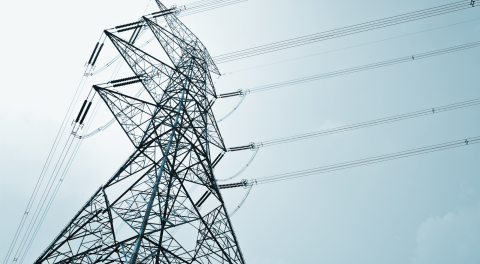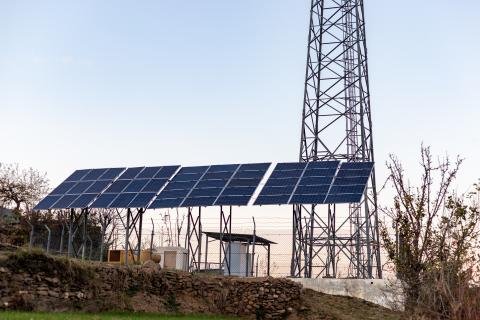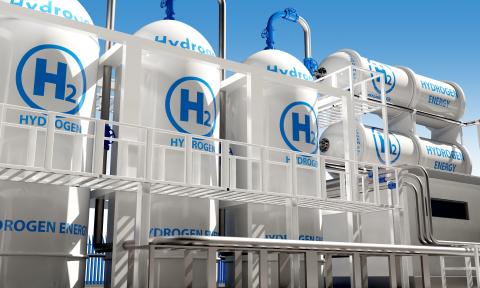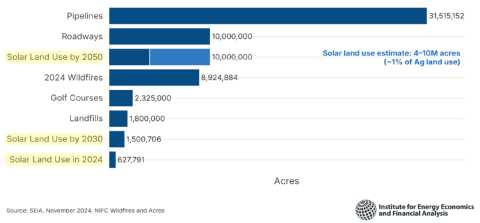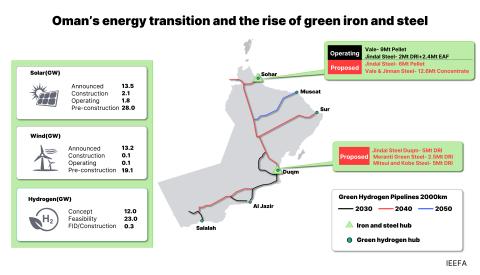Hydrogen gas does not belong in your home: Hydrogen faces a diminishing future as a heating and cooking fuel
Download Full Report

Key Findings
Energy utilities’ plans to blend hydrogen with methane—or convert entirely to hydrogen—for home heating and cooking, are out of touch with the limitations of hydrogen and the risks posed by home use.
Burning hydrogen in homes for heat and cooking purposes poses health and safety risks for residents, and is an inefficient way to cut carbon dioxide emissions.
Both heat pumps and energy efficiency are positioned to present robust market competition to hydrogen, and hydrogen availability is likely to be limited.
Taxpayer-subsidized hydrogen hubs and private hydrogen production developments should not be designed to rely on home heating and cooking as a target market.
Executive Summary
Energy utilities’ plans to blend hydrogen with methane—or convert entirely to hydrogen—for home heating and cooking purposes, are out of touch with the real limitations of hydrogen and the risks posed by home use. Similarly, hydrogen production planners who are relying on home heating utilities as a market for their hydrogen gas should think again. A realistic assessment of the unfavorable market forces for hydrogen should lead utilities away from such poor investments and toward enterprises such as wind, solar power and battery storage that have brighter and more competitive futures.
IEEFA finds the following:
- Burning hydrogen in homes poses health and safety risks for residents, especially at blends higher than 50%. Also, hydrogen blending at any level is likely to delay electrification transition, resulting in the prolonged combustion of gases in the home, which poses health risks.
- Burning hydrogen for heat and cooking is an inefficient way to cut carbon dioxide (CO2) emissions. Also, hydrogen transport requires greater gas compression than natural gas—and compression consumes energy.
- Burning hydrogen is not a clean process, even when the hydrogen is “green.” It produces nitrogen oxides (NOx) pollution when it interacts with the air. Also, hydrogen leaks faster than methane, and blending hydrogen with methane may increase methane leakage.
- Hydrogen use in the home faces substantial market competition and upstream challenges. Both heat pumps and energy efficiency pose robust competition to hydrogen, and hydrogen availability is likely to be limited.
Plans that rely on hydrogen use in the home are more wishful thinking than real planning. Taxpayer-subsidized hydrogen hubs and private hydrogen production developments should not be designed to rely on home heating and cooking as a target market. The costs and burdens are not justified by the limited impact that hydrogen use is likely to have, especially in blended form, on carbon dioxide emissions.





